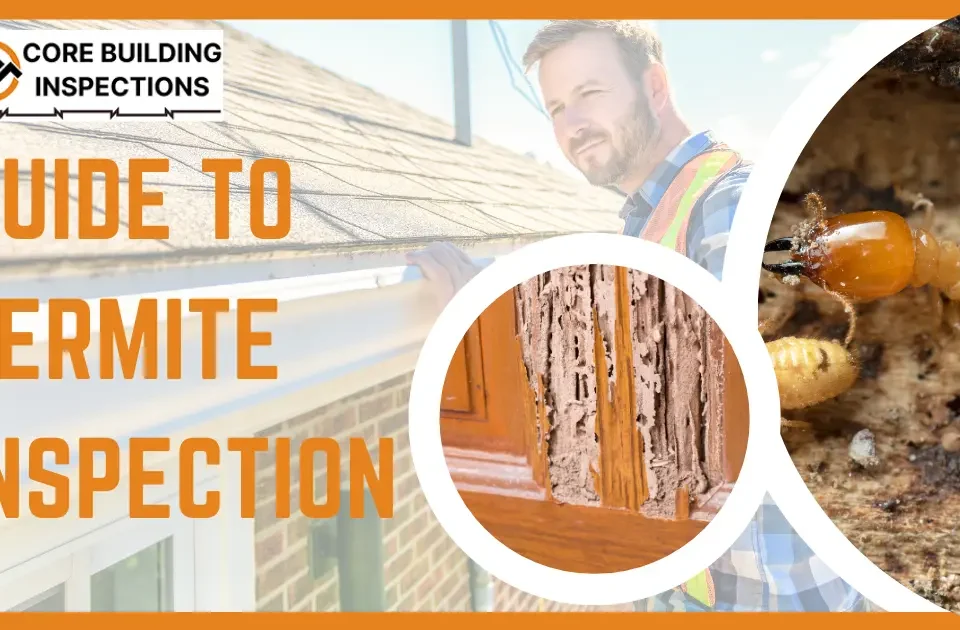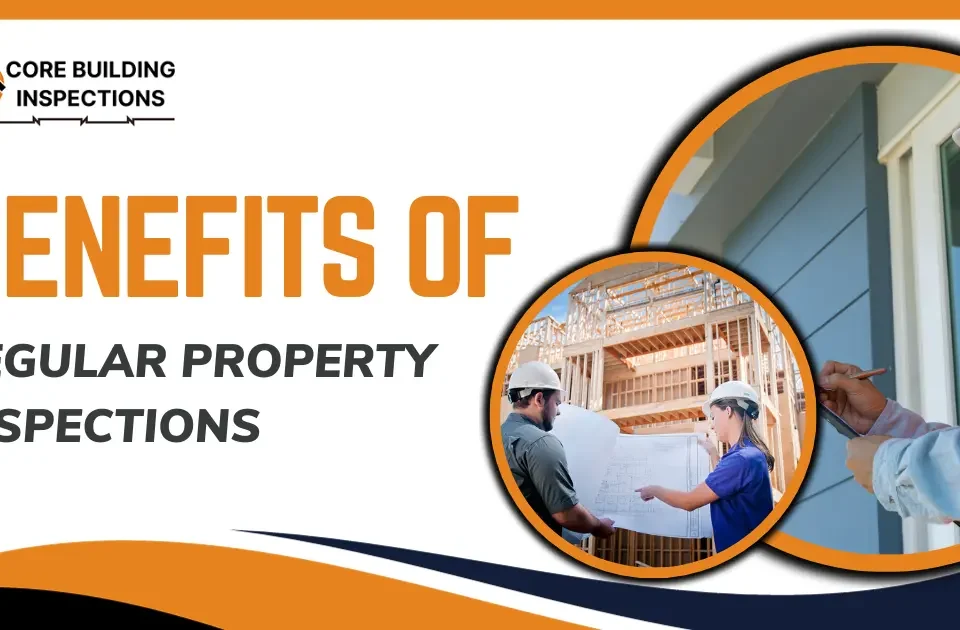Common Signs of Termite Damage in Homes

Mold Inspection and Remediation: A Comprehensive Guide
September 22, 2023Termites, those small but mighty destroyers, can wreak havoc on your home without you even realizing it. These tiny insects have an insatiable appetite for wood, and they can cause significant structural damage. In this comprehensive guide, we will explore the common signs of termite damage in homes. By the end of this article, you’ll be well-versed in recognizing these signs and taking action to protect your property.
Now, let’s delve into these signs of termite damage in detail.
1. Mud Tubes: The Termites' Highway
Imagine termites building their very own highway in your home. Mud tubes are small, pencil-sized tunnels made of soil and wood particles. These tubes are a sure sign of termite activity, as they provide a protected passage for these pests. Keep an eye out for these mud tubes along the foundation, walls, or any exposed wood.
2. Hollow-Sounding Wood: A Telltale Sign
Have you ever tapped on a piece of wood and it sounded hollow? If so, it could be an indication of termite damage. Termites consume wood from the inside out, leaving a thin layer of wood or paint on the surface. So, when you tap on the wood and it sounds hollow, it’s time to investigate further.
3. Swarmers: Winged Intruders
Swarmers, also known as termite alates, are young termites with wings. They emerge in large numbers when a termite colony is mature and ready to expand. Spotting swarmers inside your home or around your property can be a clear sign of an established termite colony nearby.
4. Sagging or Bubbling Paint: Aesthetic Distress
Termites love moisture, and their presence can cause paint to bubble or sag. If you notice these telltale signs on your walls or ceilings, it’s time to inspect for termite damage. Moisture buildup from termite activity can lead to structural damage over time.
5. Frass: Termite Droppings
Frass is a polite term for termite droppings. These tiny, wood-colored pellets can accumulate near termite infestation sites. If you see piles of frass, it’s a clear indication that termites are feasting on your home.
6. Damaged Furniture: Termites at Work
Termites don’t discriminate when it comes to their dining preferences. Wooden furniture is on their menu as well. If you find damaged wooden furniture, especially in areas prone to termite activity, it’s a sign that your home may be infested.
7. Tight-Fitting Doors and Windows: Unwanted Home Improvement
Have your doors and windows suddenly become difficult to open or close? Termite damage can cause wood to warp, leading to these issues. If you’re struggling with your home’s entry points, it’s time to investigate for termite damage.
8. Head-Banging Sounds: Termite Troopers
No, it’s not a rock concert; it’s the sound of termites at work. Soldier termites often bang their heads against wood or shake to signal danger to the colony. If you hear strange noises coming from your walls, it’s time to call in a professional for an inspection.
9. Uneven or Bubbling Floor: Subterranean Shenanigans
Your once-smooth floor now has uneven areas or bubbles. This could be due to subterranean termites feasting on the wooden subfloor. It’s essential to address this issue promptly to prevent further damage.
10. Cracked or Warped Walls: The Termites' Legacy
Termite damage can cause walls to crack or warp. These signs may not be immediately noticeable, but if you spot them, it’s a clear indication that termites have been at work for an extended period.
Taking Action against Termite Damage
Termite damage can be a homeowner’s worst nightmare. These tiny pests can silently destroy your home’s structure and value. However, armed with knowledge about the common signs of termite damage, you can take proactive steps to protect your property. If you suspect termite activity, don’t hesitate to contact a pest control professional for a thorough inspection and treatment.
Exploring the Extent of Termite Damage
While we’ve discussed the common signs of termite damage, it’s crucial to understand the potential extent of this damage. Termite infestations can vary greatly in severity, and their impact on your home can be significant.
In severe cases, termites can compromise the structural integrity of your house. They may damage load-bearing beams, support columns, and other critical components. The repair costs for such extensive damage can run into tens of thousands of dollars.
In less severe cases, termite damage might be limited to cosmetic issues, such as damaged drywall or baseboards. Nevertheless, these cosmetic issues can still be costly to repair and can affect the resale value of your home.
To safeguard your investment, it’s advisable to schedule regular termite inspections and invest in preventive measures.
Preventing Termite Infestations
Prevention is often the best defense against termite damage. Here are some steps you can take to reduce the risk of termite infestations:
- Regular Inspections: Schedule annual termite inspections by a professional pest control service. Early detection can save you from extensive damage and high repair costs.
- Moisture Control: Termites thrive in moist environments. Address any leaks or moisture issues in your home promptly.
- Wood-to-Soil Contact: Remove any wood-to-soil contact around your home. Termites can easily access your property through direct contact with the soil.
- Clear Debris: Keep your yard and foundation clear of dead trees, stumps, and wood debris that can attract termites.
- Termite-Resistant Materials: Consider using termite-resistant materials in construction or renovations.
- Termite Barriers: Install physical or chemical termite barriers around your home to deter termite entry.
Conclusion: Protecting Your Home
In conclusion, understanding the signs of termite damage is essential for every homeowner. Termites are persistent and can cause substantial harm if left unchecked. By recognizing the signs early and taking preventive measures, you can protect your home from the costly and destructive effects of termite infestations.
FAQs: Your Termite Damage Queries Answered
Termite damage often appears as hollowed-out wood with mud tubes nearby, while water damage causes wood to swell and become discolored. A professional inspection can confirm the cause.
While DIY treatments are available, it's recommended to hire a professional pest control service for effective termite eradication and prevention.
Some natural remedies like neem oil and orange oil may have limited effectiveness in deterring termites, but they are not guaranteed solutions for a termite infestation.
Repair costs vary depending on the extent of damage. It can range from a few thousand dollars to tens of thousands, so early detection is key to saving on repair expenses.
Preventive measures include regular inspections, maintaining proper drainage, removing wood-to-soil contact, and keeping firewood and debris away from your home's foundation.




